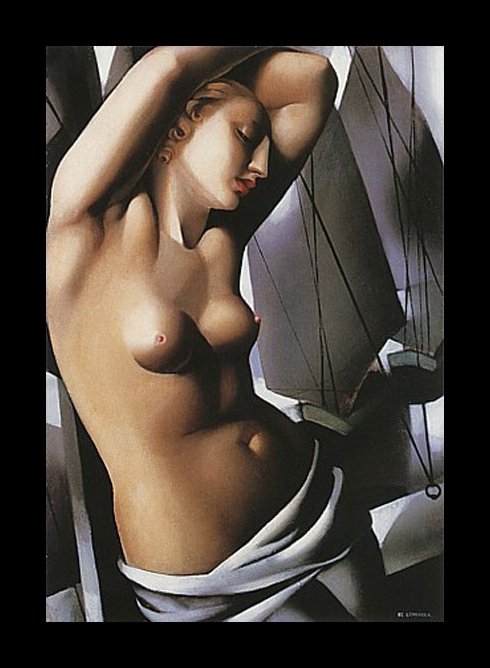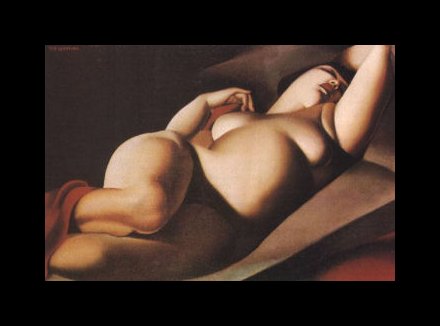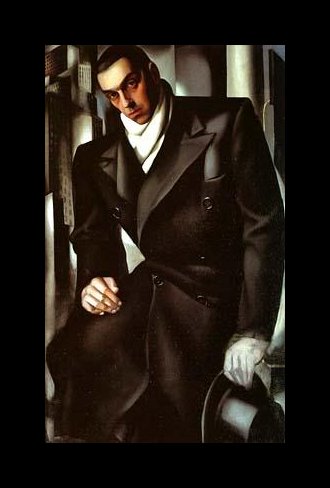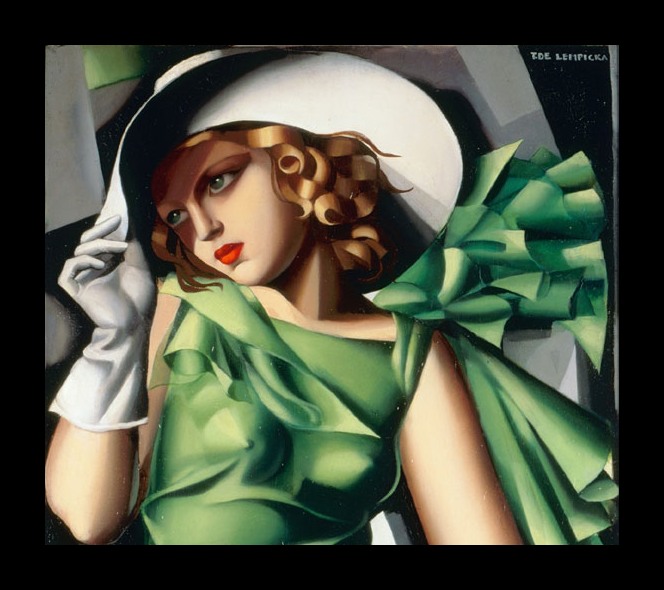Tamara de Lempicka (1898-1980)
Get a De Lempicka Certificate of Authenticity for your painting (COA) for your De Lempicka drawing.
For all your De Lempicka artworks you need a Certificate of Authenticity (COA) in order to sell, to insure or to donate for a tax deduction.
Getting a De Lempicka Certificate of Authenticity (COA) is easy. Just send us photos and dimensions and tell us what you know about the origin or history of your De Lempicka painting or drawing.
If you want to sell your De Lempicka painting or drawing use our selling services. We offer De Lempicka selling help, selling advice, private treaty sales and full brokerage.
We have been authenticating De Lempicka and issuing certificates of authenticity since 2002. We are recognized De Lempicka experts and De Lempicka certified appraisers. We issue COAs and appraisals for all De Lempicka artworks.
Our De Lempicka paintings and drawings authentications are accepted and respected worldwide.
Each COA is backed by in-depth research and analysis authentication reports.
The De Lempicka certificates of authenticity we issue are based on solid, reliable and fully referenced art investigations, authentication research, analytical work and forensic studies.
We are available to examine your De Lempicka painting or drawing anywhere in the world.
You will generally receive your certificates of authenticity and authentication report within two weeks. Some complicated cases with difficult to research De Lempicka paintings or drawings take longer.
Our clients include De Lempicka collectors, investors, tax authorities, insurance adjusters, appraisers, valuers, auctioneers, Federal agencies and many law firms.
We perform Tamara De Lempicka art authentication, appraisal, certificates of authenticity (COA), analysis, research, scientific tests, full art authentications. We will help you sell your Tamara De Lempicka or we will sell it for you.

Tamara de Lempicka was born Tamara Gorska in Poland and became one of the best-known painters of the Art Deco era. Sought after mainly as a portrait artist, her paintings are sensual and simple, yet highly stylized. Many of her sensual and exotic nudes have been hailed as being the best of the era, and are many are reflections of her own erotic lifestyle. Hints of old Dutch Master and Cubist techniques are sprinkled through her own unique style, which serves as a reminder of modern tastes in art during the height of her popularity.




It is said that Lempicka’s first love of art was founded in 1911 on a trip with her grandmother to Italy. As a young woman, Lempicka married and moved to Russia. Her husband was later arrested during the Russian revolution. After negotiating his release, Lempicka, her young daughter and her husband fled to Paris in 1918 where she took her first art classes at the Academie de la Grand Chaumiere. She also traveled again to Italy in 1925 to study the work of the old masters.




Lempicka quickly became a success in the 1920’s Parisian social scene. A beautiful woman in her own right, Lempicka resembled actress Greta Garbo, which no doubt helped in her rise to fame. Lempicka became notorious for her numerous parties and fashionable hairstyles and dress, as well as for her love affairs with men and women alike. Her style was a perfect reflection of the excess of the roaring 20Õs and was the perfect glamorous illustration her patrons were looking for. Entertainers, artists, writers and European nobility were among her many sitters, as well as her socialite friends. Lempicka also often picked up models straight from the streets of Paris; sailors, policeman, prostitutes, whoever caught her eye would be invited to sit for her.


Besides gaining notoriety as a great Art Deco portrait painter, Lempicka was also commissioned to create art for magazines, as well as still life. Lempica’s work was unlike anything else at the time, and is still easily distinguished today. She took great pride in the fact that her paintings had a very “finished” look, which was seen as being clean and classic, yet exciting and modern.



In the late 1930s, Lempicka moved to the United States with her second husband, the Baron Raoul Huffner. Lempicka found herself just as well received among the social scenes in New York and Hollywood. However, her career came to a halt in the 1950s when Art Deco slowly started going out of fashion. She continued to attempt to paint in a looser style, but little interest was shown in these pieces, and after 1962 she swore to never exhibit her work again.

Near the end of her life in the 1970’s, Art Deco had a brief revival and her older works found a place in the art world again. She gained a short bout of popularity again before her death in 1980. Today, Lempicka’s work is housed in modern art museums around the world including the Pompidou Center in Paris. To own a painting by Tamara de Lempicka would be quite obvious, and also very likely due to the fact that she was a highly prolific painter. Still not quite sure about an Art Deco portrait hanging in your home? Contact us…it could be by Tamara de Lempicka.
Reviews
1,217 global ratings
5 Star
4 Star
3 Star
2 Star
1 Star
Your evaluation is very important to us. Thank you.
